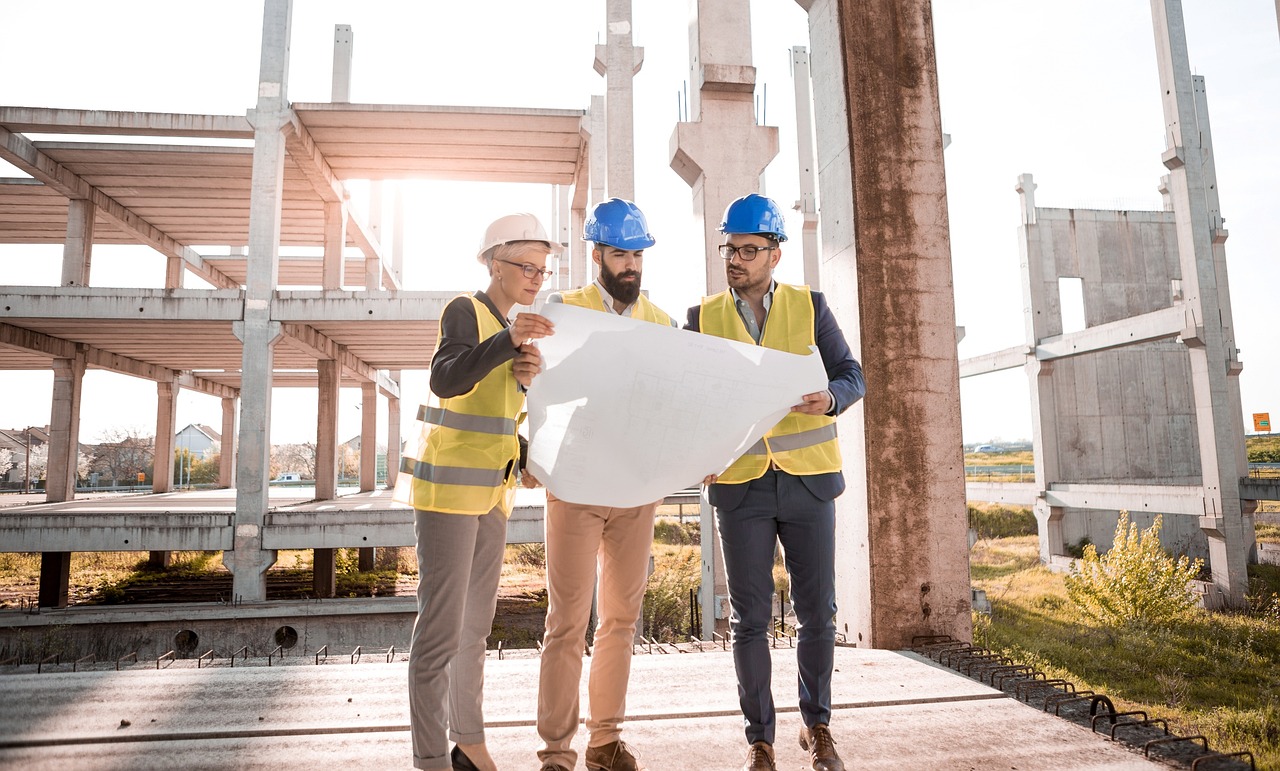Architect: Innovative Design Trends
Architecture is a dynamic field that constantly evolves with new technologies, materials, and design philosophies. Staying updated with the latest trends is essential for architects who aim to create functional, sustainable, and aesthetically pleasing structures. This article explores some of the most innovative design trends that are shaping the future of architecture.
Biophilic Design
Biophilic design emphasizes the connection between humans and nature. This trend integrates natural elements into built environments to enhance well-being and productivity. Key features include:
- Natural light and ventilation
- Indoor plants and green walls
- Water features
- Natural materials like wood and stone
Case studies, such as the Amazon Spheres in Seattle, demonstrate the positive impact of biophilic design on employee satisfaction and creativity.
Smart Buildings
Smart buildings leverage advanced technologies to improve efficiency, comfort, and sustainability. These buildings are equipped with sensors, IoT devices, and automation systems that enable real-time monitoring and control. Key aspects include:
- Energy management systems
- Automated lighting and HVAC systems
- Security and access control
- Occupancy sensors
For example, The Edge in Amsterdam is known as one of the smartest buildings in the world, featuring a range of technologies that optimize energy use and enhance user experience.
Sustainable Architecture
Sustainability is a major focus in modern architecture. Sustainable design aims to minimize environmental impact and promote resource efficiency. Key principles include:
- Use of renewable energy sources
- Water conservation techniques
- Recycled and locally sourced materials
- Green roofs and walls
The Bullitt Center in Seattle is a prime example of sustainable architecture, achieving net-zero energy and water use through innovative design and technology.
Adaptive Reuse
Adaptive reuse involves repurposing existing buildings for new functions. This trend not only preserves historical structures but also reduces the environmental impact of new construction. Key benefits include:
- Conservation of cultural heritage
- Reduction of construction waste
- Cost savings
- Revitalization of urban areas
The High Line in New York City is a successful example of adaptive reuse, transforming an old railway line into a vibrant public park.
Modular Construction
Modular construction involves assembling buildings from pre-fabricated modules. This method offers several advantages, including:
- Reduced construction time
- Lower costs
- Improved quality control
- Flexibility in design
The CitizenM Hotel in New York was built using modular construction, significantly reducing the project timeline and costs.
Parametric Design
Parametric design uses algorithms and computational tools to create complex and innovative forms. This approach allows architects to explore a wide range of design possibilities and optimize performance. Key features include:
- Complex geometries
- Customizable designs
- Efficient use of materials
- Integration with digital fabrication techniques
The Heydar Aliyev Center in Baku, designed by Zaha Hadid Architects, showcases the potential of parametric design with its fluid and dynamic form.
Inclusive Design
Inclusive design focuses on creating environments that are accessible and usable by everyone, regardless of age, ability, or background. Key principles include:
- Universal accessibility
- Flexible and adaptable spaces
- Consideration of diverse user needs
- Integration of assistive technologies
The Ed Roberts Campus in Berkeley is a model of inclusive design, providing a fully accessible environment for people with disabilities.
Conclusion
Staying abreast of innovative design trends is vital for architects who wish to remain competitive and relevant. By embracing biophilic design, smart buildings, sustainable architecture, adaptive reuse, modular construction, parametric design, and inclusive design, architects can create spaces that are not only functional and beautiful but also responsive to the needs of the modern world. These trends offer exciting opportunities to push the boundaries of what is possible in architecture, leading to a more sustainable and inclusive future.
